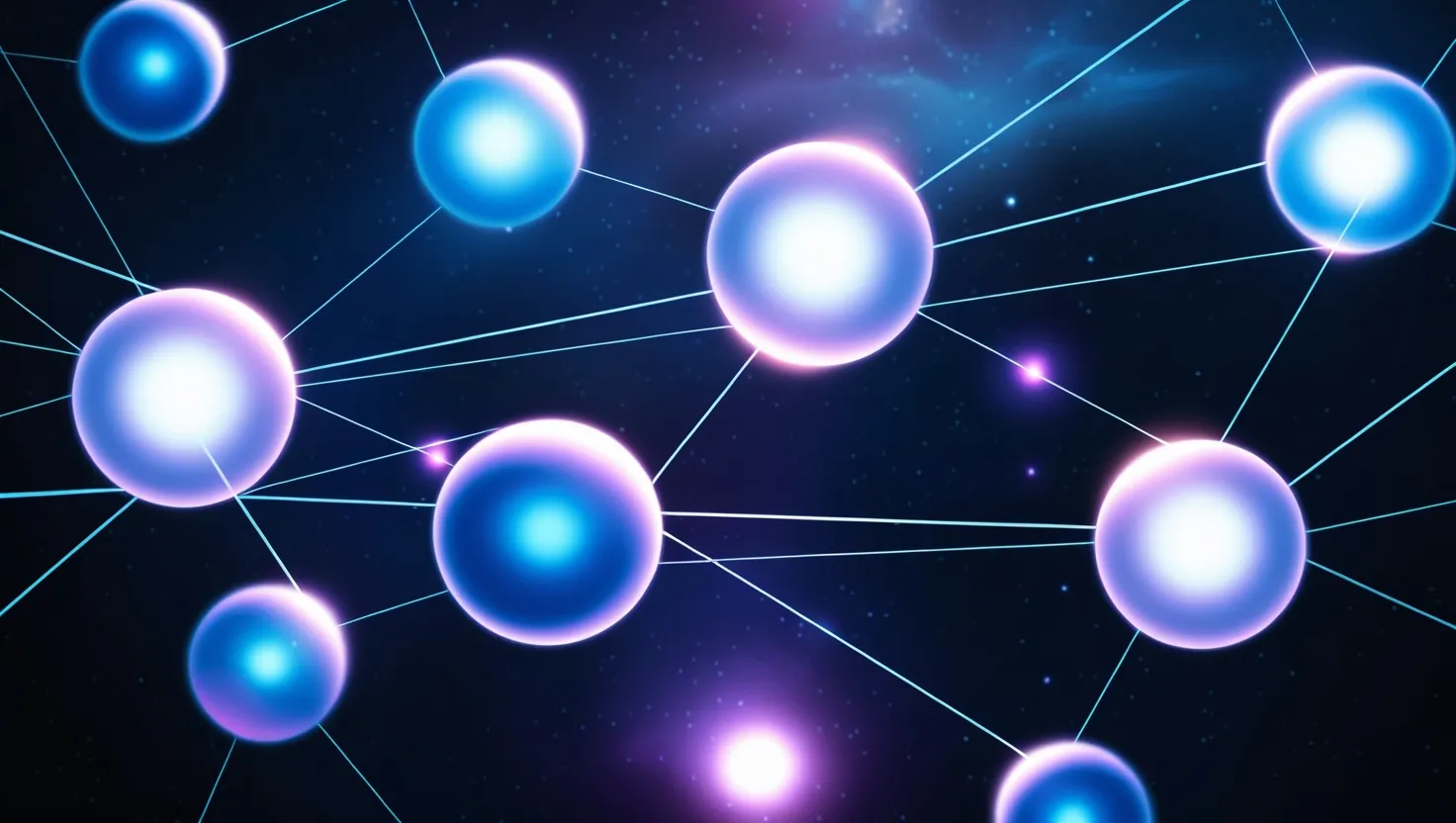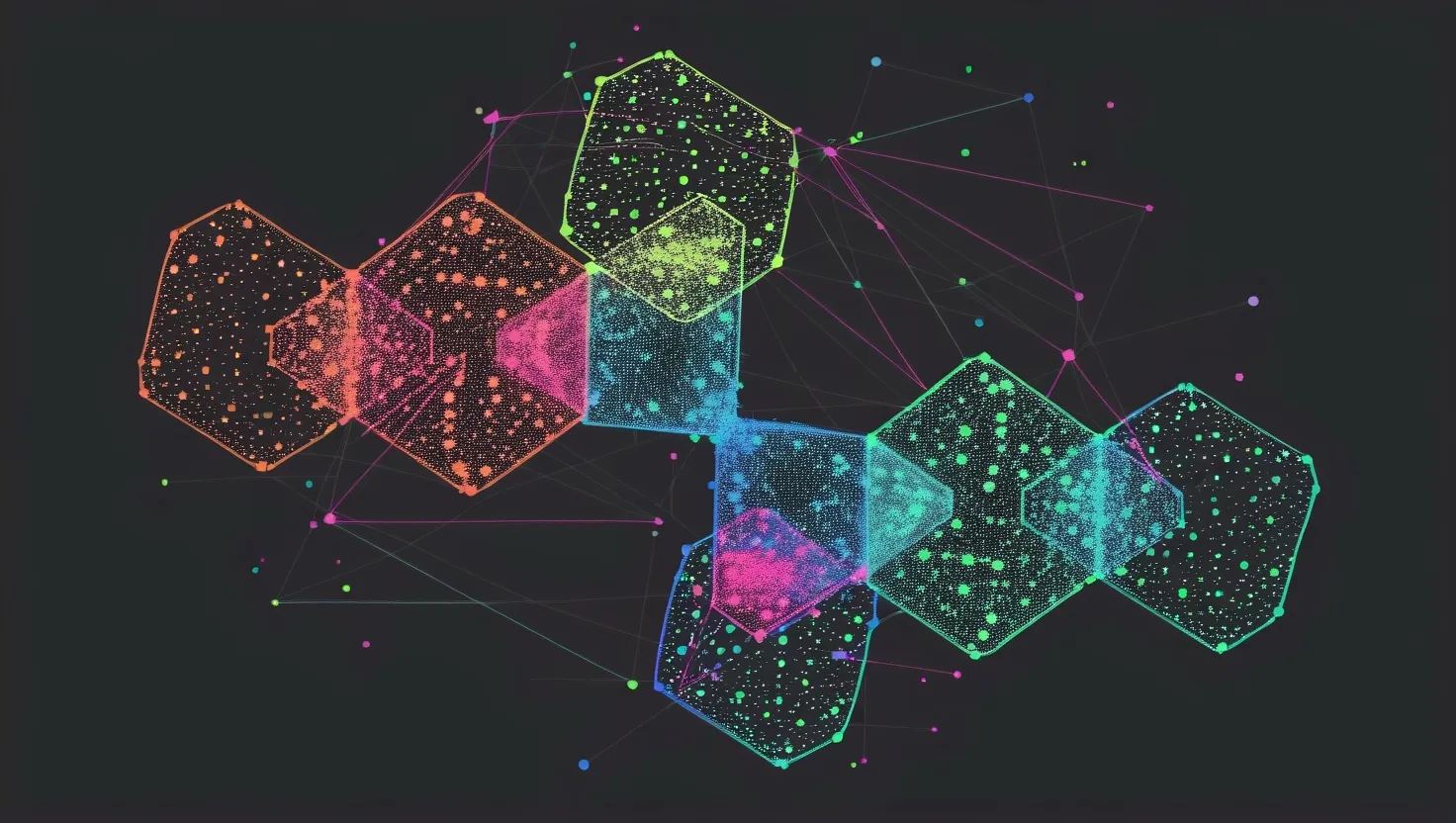The realm of quantum networks is evolving at a breakneck pace, pushing the boundaries of what we once thought possible in communication and computing. As we delve into the latest advancements, we’ll explore how these innovations are reshaping our understanding of information transfer and security.
Quantum repeaters are emerging as a game-changing technology, extending the reach of quantum communication far beyond current limitations. These devices tackle the fundamental challenge of quantum state degradation over long distances. By creating entanglement between distant nodes, quantum repeaters enable the faithful transmission of quantum information across vast expanses. This breakthrough opens up possibilities for intercontinental quantum networks, bringing us closer to a global quantum internet.
“The quantum internet is not just a faster version of the classical internet; it’s an entirely new way of communicating and computing,” remarked a leading quantum physicist during a recent conference.
Have you ever wondered how quantum information could be stored and processed across multiple nodes? Multi-node quantum memory systems are providing the answer. These intricate systems allow quantum states to be stored, manipulated, and retrieved across a network of interconnected quantum nodes. This distributed approach to quantum information processing enhances the scalability and resilience of quantum networks, paving the way for more robust quantum computing architectures.
Error correction in quantum state transmission represents another crucial advancement. The fragility of quantum states has long been a significant hurdle in quantum communication. However, innovative error correction protocols are now enabling the transmission of quantum information with unprecedented fidelity. These techniques detect and correct errors in real-time, ensuring that quantum states remain intact even when transmitted over noisy channels.
What if we could harness the vast emptiness of space for quantum communication? Satellite-based quantum key distribution is turning this concept into reality. By using satellites to distribute entangled photons, researchers have demonstrated secure quantum communication over thousands of kilometers. This technology not only overcomes the distance limitations of terrestrial quantum networks but also opens up new avenues for global quantum-secured communication.
“Quantum communication via satellite is not just a technological achievement; it’s a testament to human ingenuity in harnessing the laws of nature for practical applications,” noted a space technology expert.
The development of quantum internet protocols is laying the groundwork for a fully functional quantum internet. These protocols define how quantum information is routed, processed, and secured across a network of quantum devices. From quantum routing algorithms to quantum-safe authentication methods, these protocols are essential for creating a robust and scalable quantum internet infrastructure.
Hybrid classical-quantum networks represent a pragmatic approach to integrating quantum technologies with existing communication infrastructure. By combining the strengths of both classical and quantum systems, these hybrid networks offer a practical path toward widespread adoption of quantum communication technologies. They allow for the gradual integration of quantum capabilities into existing networks, making the transition to quantum networks more feasible and cost-effective.
How can we make quantum networks more accessible and practical? Room-temperature quantum network components are providing an answer to this question. These components eliminate the need for extreme cooling, making quantum networking technology more viable for real-world applications. From room-temperature quantum memories to ambient-condition single-photon detectors, these advancements are bringing quantum networks closer to everyday use.
Multi-party quantum entanglement distribution is pushing the boundaries of quantum networking even further. This technology enables the creation of entangled states between multiple parties simultaneously, opening up new possibilities for quantum-enhanced sensing, distributed quantum computing, and secure multi-party communication protocols.
“The ability to distribute entanglement among multiple parties is not just a technical feat; it’s a fundamental shift in how we think about information sharing and collaborative computing,” observed a quantum information theorist.
As we reflect on these groundbreaking advances, it’s clear that quantum networks are no longer confined to the realm of theoretical physics. They are rapidly becoming a tangible reality, with far-reaching implications for communication, computing, and security. The journey toward a fully realized quantum internet is well underway, promising a future where information transfer is not just faster and more secure, but fundamentally different in nature.
What role will quantum networks play in your future? How might they transform industries, from finance to healthcare? As we stand on the brink of this quantum revolution, these are questions worth pondering.
The path forward is not without challenges. Issues of scalability, reliability, and integration with existing systems remain to be fully resolved. Yet, the progress we’ve witnessed in recent years is nothing short of remarkable. From quantum repeaters extending communication ranges to room-temperature components making quantum technology more accessible, each advancement brings us closer to a world where quantum networks are an integral part of our technological landscape.
As we look to the horizon, the potential applications of quantum networks seem boundless. Imagine a world where financial transactions are secured by unbreakable quantum encryption, where scientific simulations harness the power of distributed quantum computing, and where global communication networks operate with unprecedented security and efficiency.
“The quantum network is not just a new technology; it’s a new paradigm for how we process and share information,” remarked a visionary in the field of quantum computing.
The journey toward this quantum-networked future is a testament to human curiosity and innovation. It represents a collaborative effort spanning multiple disciplines, from physics and engineering to computer science and mathematics. As we continue to push the boundaries of what’s possible in quantum networking, we’re not just advancing technology – we’re redefining our relationship with information itself.
In conclusion, the eight groundbreaking advances we’ve explored – from quantum repeaters to multi-party entanglement distribution – are more than just technological milestones. They are stepping stones toward a future where the principles of quantum mechanics reshape our digital landscape. As we stand on the cusp of this quantum revolution, one thing is clear: the future of networking is quantum, and it’s arriving faster than we ever imagined.
What part will you play in this quantum future? How will these advancements shape your work, your security, and your connectivity in the years to come? As we continue to unravel the mysteries of quantum networks, these questions invite us all to be part of this exciting journey into the quantum age.






